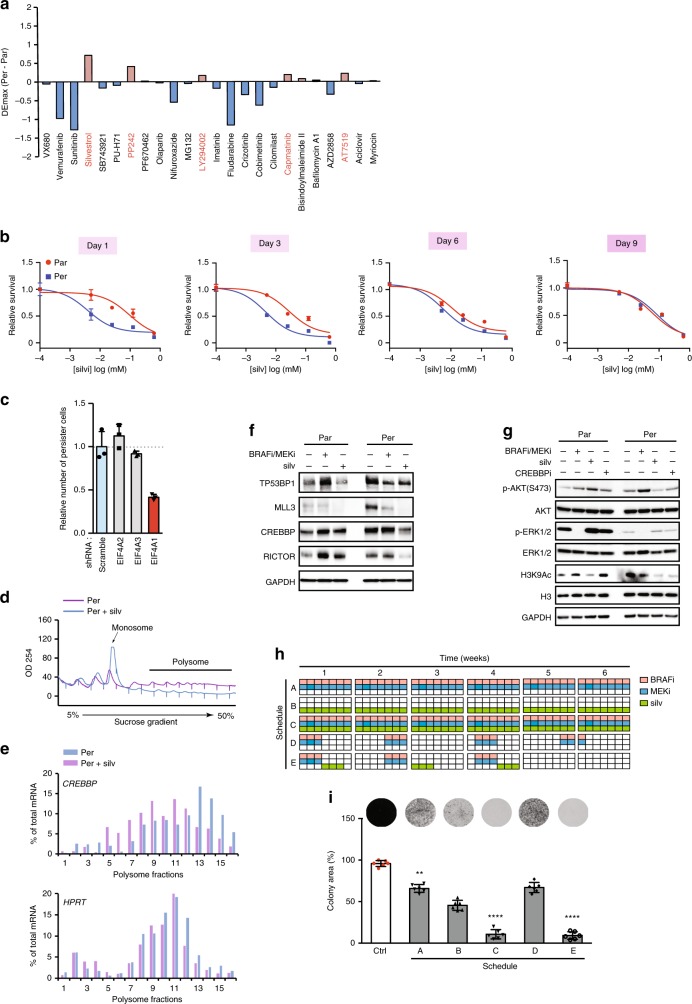Fig. 3. Targeting translation remodelling by eIF4Ai eradicates persister cells.
a Drug sensitivity of persister and parental cells to a small panel of inhibitors. The cells were treated for 48 h and cell viability was assayed using WST-1. ΔEmax: differential maximum effect between persister and parental cells. b Reversible sensitivity of persister cells to silvestrol (silv). Persister and parental cells were re-challenged by silvestrol treatment on indicated days; the drug sensitivity was analysed by WST-1-based cell viability assay. c Lentivirus-based shRNA knockdown of eIF4A1, eIF4A2 and eIF4A3 for 3 days and then cells were treated with lethal concentrations of BRAFi/MEKi (both at 1 μM) for 3 days. Percentage of survival persister cells was evaluated by WST-1-based cell viability assay. Data were normalized to the percentrage of persister cells from scramble shRNA-transduced cells. d, e RT-qPCR quantification of CREBBP mRNA or HPRT mRNA in fractions obtained by sucrose-gradient ultracentrifugation of lysates from persister cells in the presence or absence of silvestrol (silv). Polysome profiles (d) and RT-qPCR histogram (e) were displayed. f Western blotting analysis of the effect of silvestrol (silv) on candidate mRNAs that were regulated at the translational level in persister vs. parental cells. Cells were treated with 30 nM silvestrol (silv) or 1 μM BRAFi/MEKi for 8 h. g Western blotting analysis of the effect of silvestrol (silv) on the activity of the mTORC2-AKT pathway and histone modifications in persister versus parental cells. Cells were treated with 30 nM silvestrol (silv) or 1 μM BRAFi/MEKi for 8 h. h, i Combination of silvestrol (silv) and BRAFi/MEKi abrogates persister cell-derived colony formation. A schematic representation of the drug combination treatment schedules (h) and their effect on the clonogenic assay of persister cells are presented (i) (n = 6, p-value < 0.0001, unpaired t-test). The raw data of b, c, e, f, g and i are available in Source Data.

